How to Clear System Data on iPad: 100% Working Methods
Ever found yourself puzzled by the dwindling storage on your iPad or its decreasing speed? The often-overlooked ‘system data’ could be the reason behind this problem. This guide is your roadmap to navigating this challenge. We’ll outline effective strategies to clear and manage system data, improving your iPad’s performance and freeing up much-needed space. Equipped with both basic and advanced techniques, you’re about to transform your iPad experience. Let’s embark on this journey to optimize your device’s potential.
How to Check System Data on Your iPad
Before even starting to manage your iPad’s storage, it’s important to know how much space is being used by system data. Follow these simple steps to view your iPad’s system data usage:
- Access Settings: Tap the ‘Settings’ icon on your iPad.
- Navigate to General: In the Settings menu, find and select ‘General’.
- View iPad Storage: Inside General, choose ‘iPad Storage’ or ‘Usage’. This area provides a comprehensive breakdown of storage usage on your device, including the amount of space used by system data.
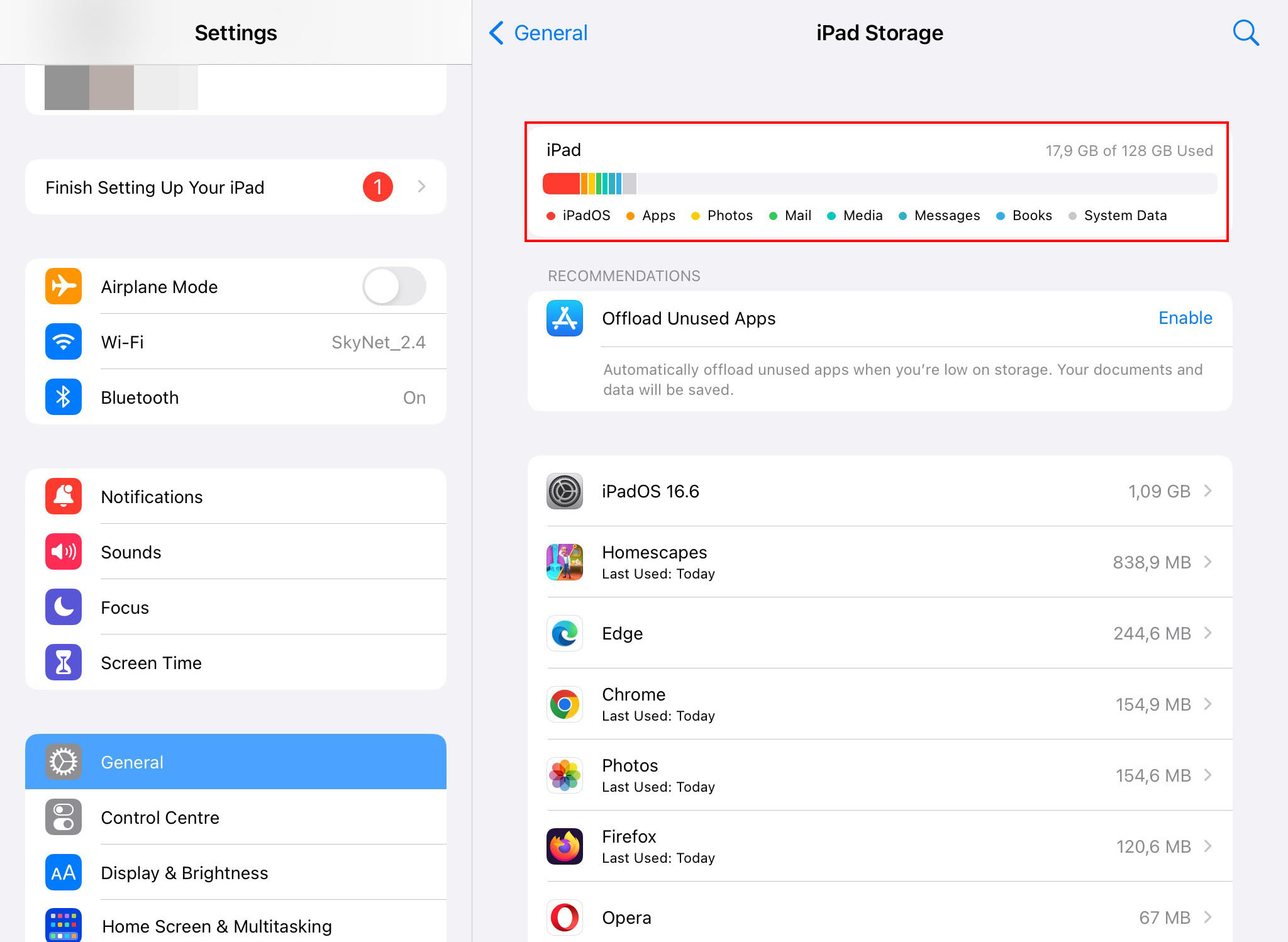
This method helps you identify the amount of storage consumed by different elements, including apps, media, and system data.
6 Best Ways To Clear System Data on iPad
Imagine this: You’re on vacation, capturing memories on your iPad, but suddenly, a notification pops up saying ‘Storage Almost Full’. You scramble to delete old photos but realize it’s the mysterious ‘system data’ consuming space. Frustrating, isn’t it? It’s a common problem for many iPad users. But worry not, clearing this digital clutter is simpler than you might think. Here’s how:
Method 1: Delete Safari Data
Accumulated browsing data can take up unnecessary space. To clear Safari’s cache:
- Open ‘Settings’ and select ‘Safari’.
- Tap ‘Clear History and Website Data’ to remove cache and browsing history.
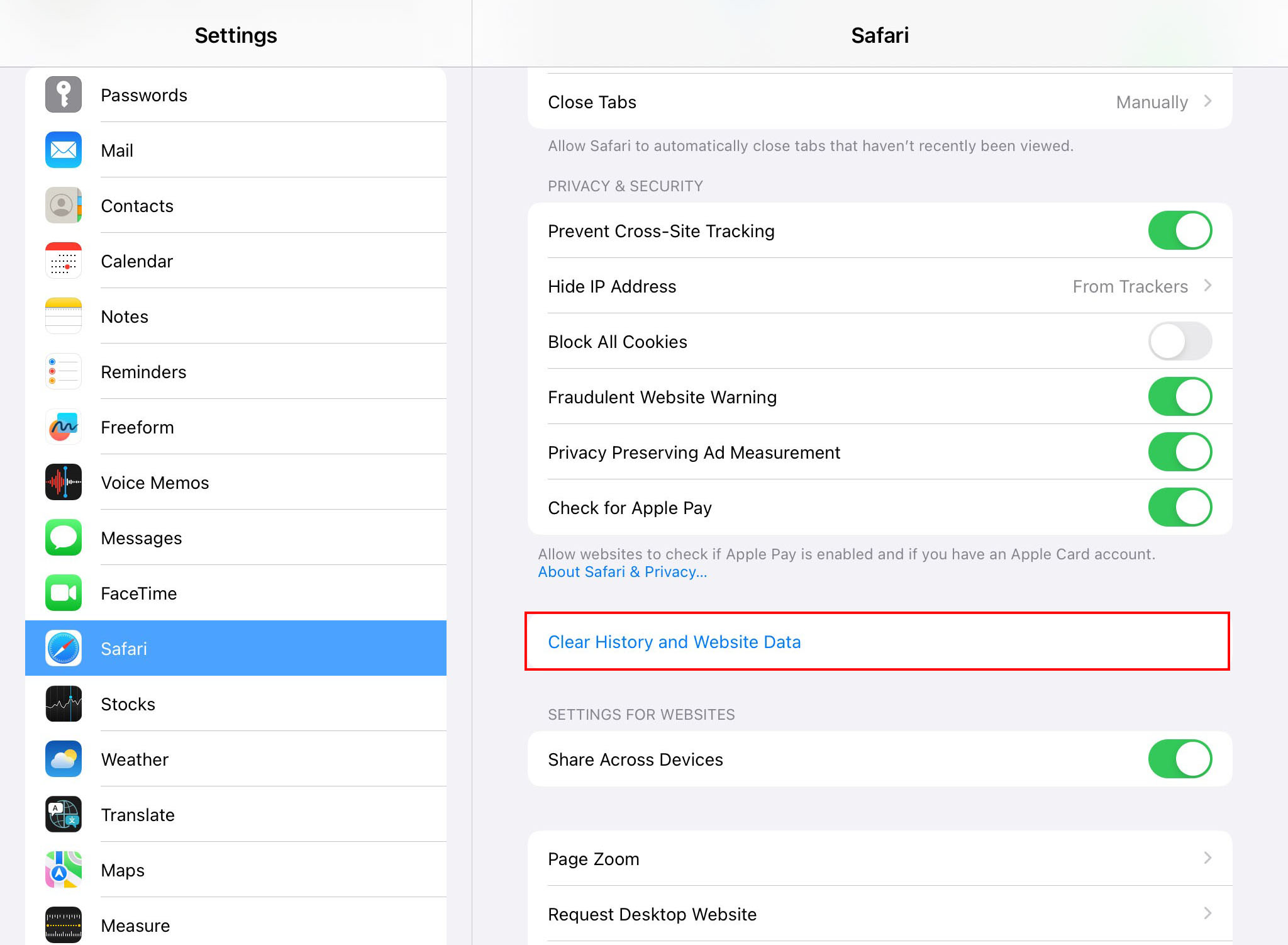
Method 2: Delete Unused Apps
Removing unused apps can free up significant space. To delete apps:
- Long-press the app icon on your iPad’s home screen.
- Select ‘Remove App’ from the menu to remove it.
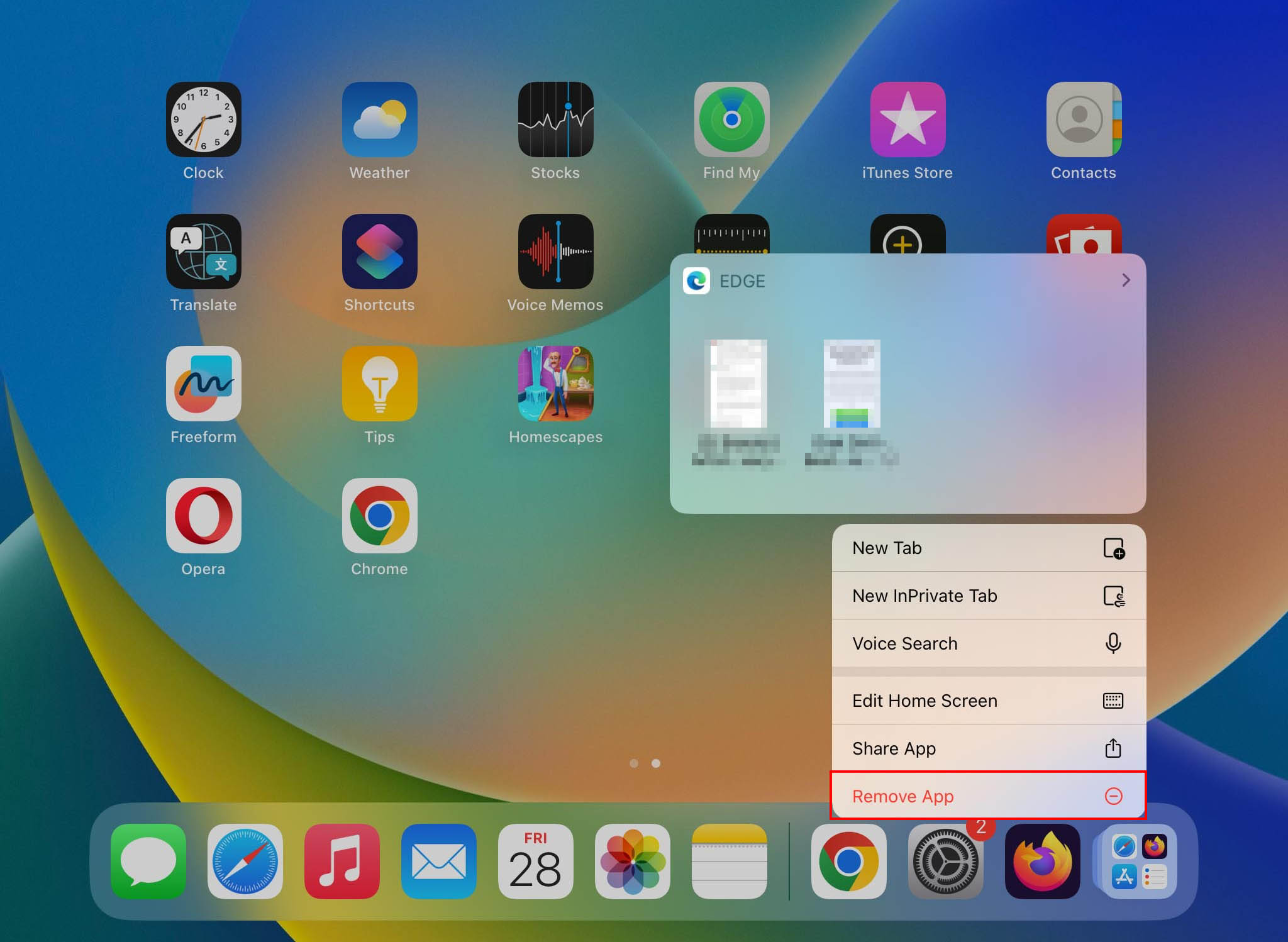
By following these methods, you can easily manage system data on your iPad, making room for those important moments and apps. However if it isn’t enough then you can attempt more advanced solutions:
Method 3: Utilize Third-Party Cleaner Apps
Integrating third-party cleaner apps into your routine can help to significantly reduce system data on your iPad. Here are three recommended apps:
- Boost Cleaner: Boost Cleaner stands out with its user-friendly design, offering a hassle-free way to enhance iPad performance. It’s more than just a cleaning tool; it also provides features like media file compression and an internet speed tester. With its focus on cleaning up duplicates in photos, videos, and more, it aims to streamline your iPad’s storage. This app is an ideal choice for those who value a blend of aesthetics and functionality in a cleaning tool.
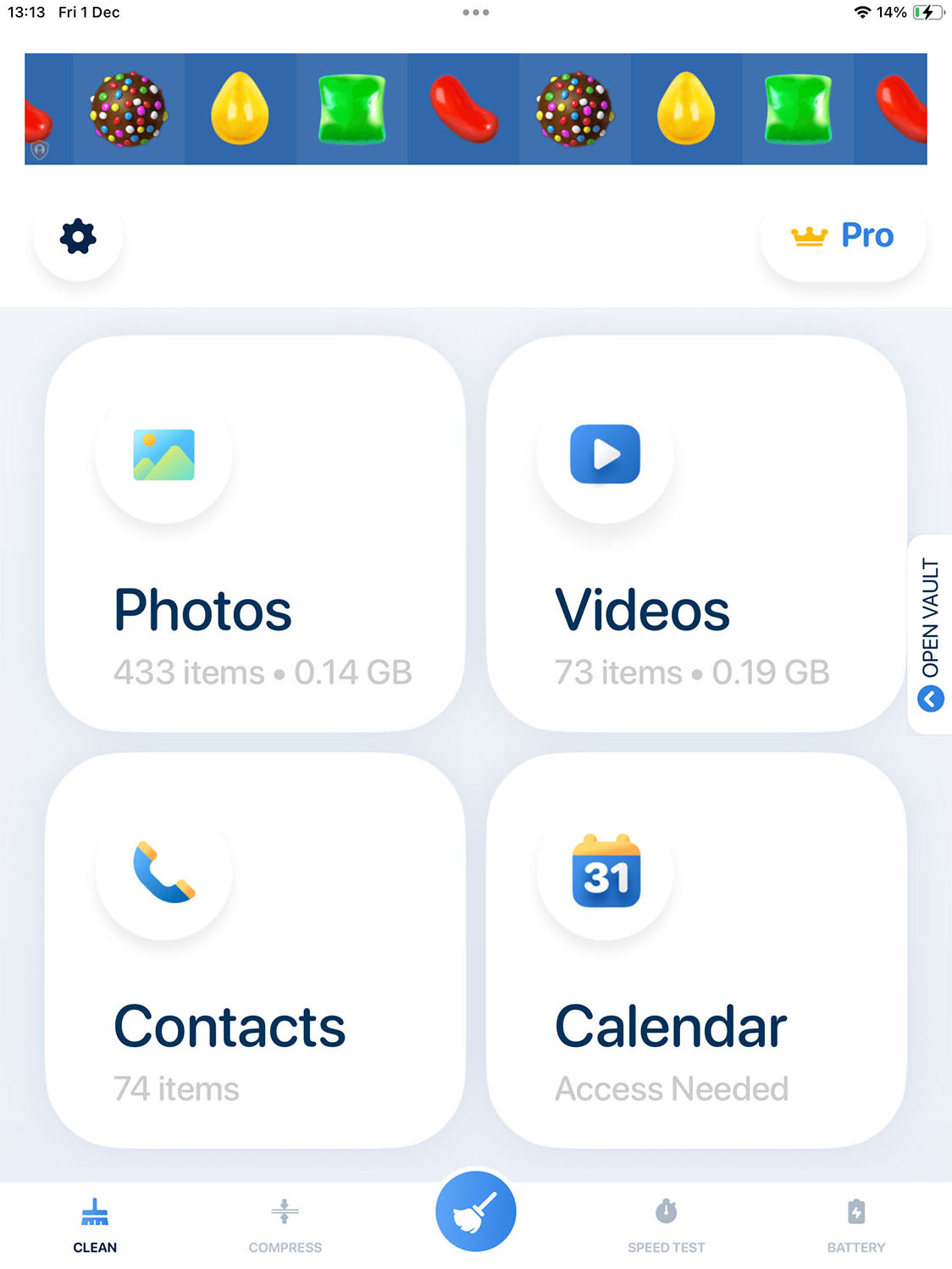
- Clean Doctor: Clean Doctor offers a robust solution for iPad users looking to manage their device’s storage. This app excels in identifying and removing duplicate or similar photos, clearing up a significant amount of space. It not only declutters your photo library but also extends its cleaning capabilities to other areas like screenshots and burst photos, all through a straightforward interface.
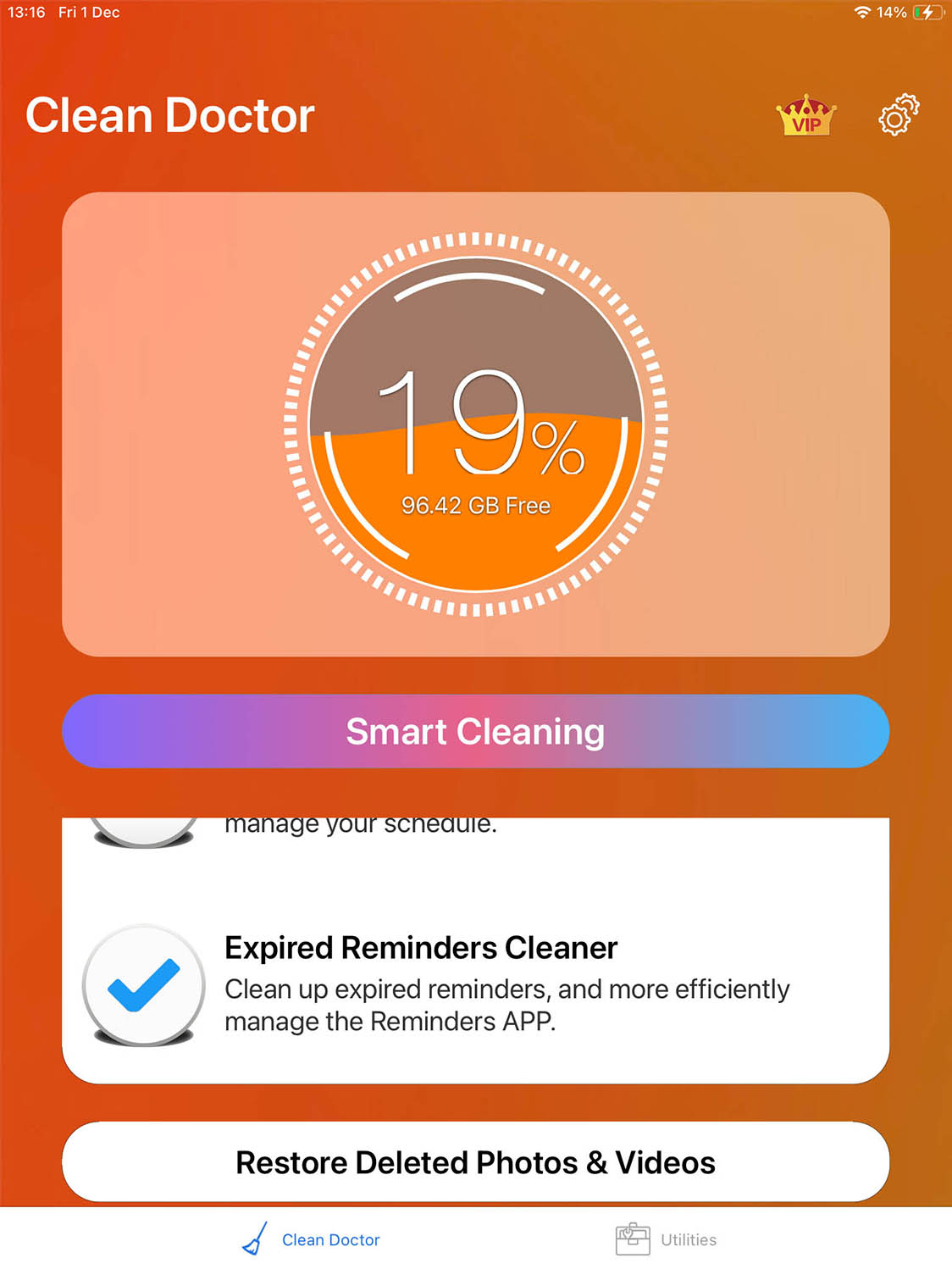
- Cleaner-Kit: Cleaner-Kit is a practical tool for those who need to optimize their iPad’s storage efficiently. It tackles a range of files, from photos and videos to contacts, ensuring your device stays organized. The app also includes features for photo/video compression and battery monitoring, making it a comprehensive choice for users seeking a direct approach to iPad maintenance.
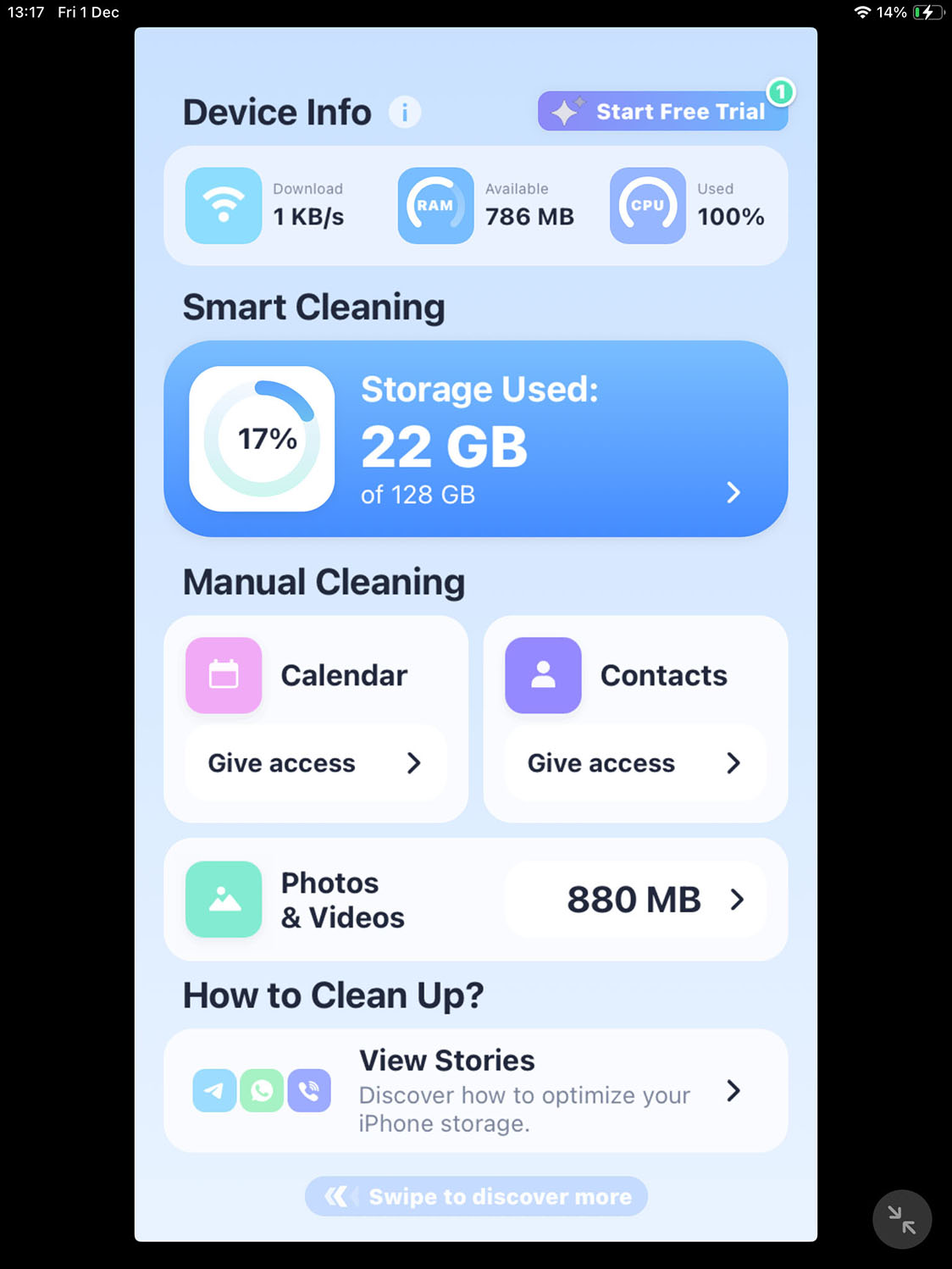
Method 4: Restart Your iPad
This method triggers a system refresh, which can resolve more persistent issues and clear more temporary files. Follow these steps according to your iPad model:
- For iPads with Home Button: Press and hold the top (or side) button until the power off slider appears. Drag the slider, then wait for the device to turn off. To turn it back on, press and hold the top (or side) button until the Apple logo appears.
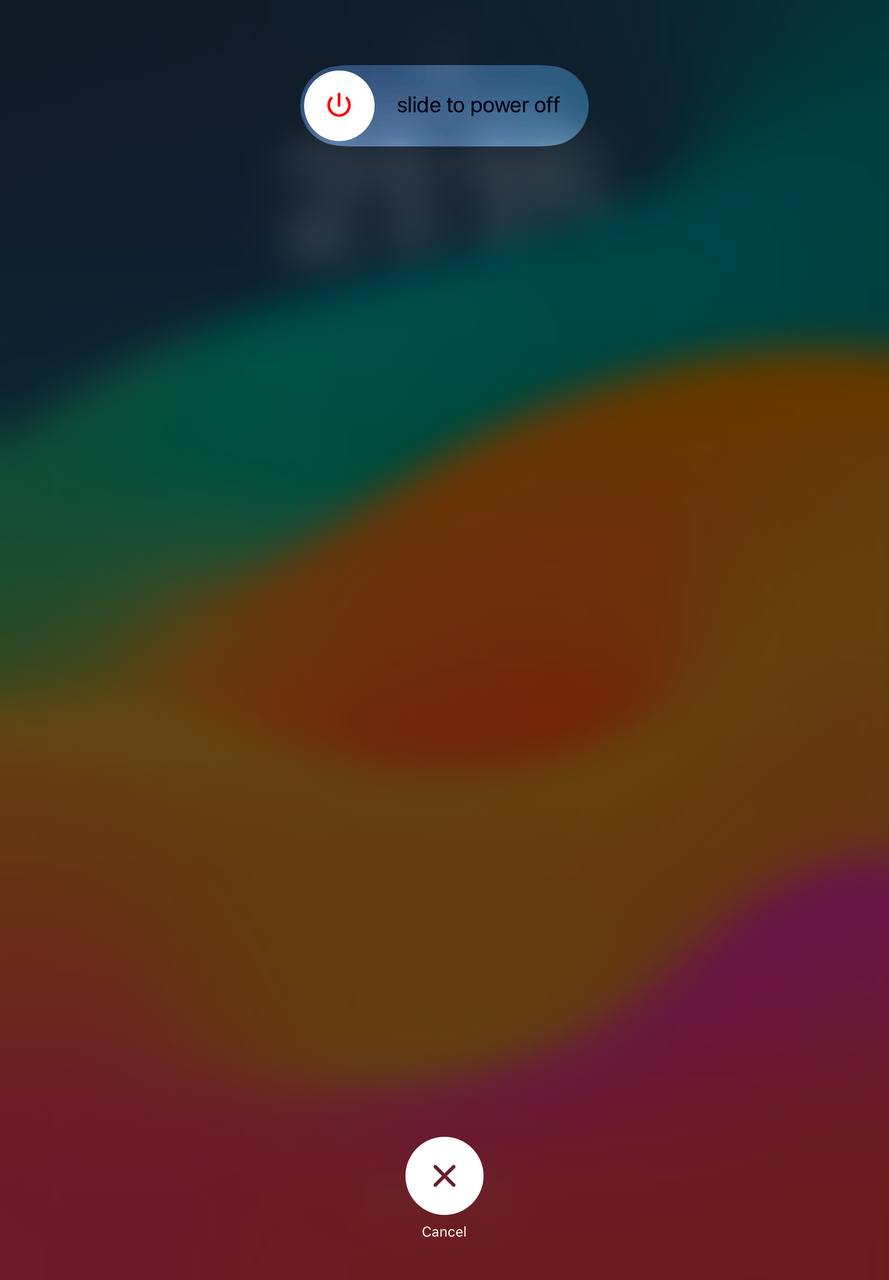
- For iPads without Home Button: Press and quickly release the volume up button, then the volume down button. Press and hold the top button until the device begins to restart.
Consider restarting your iPad from time to time to maintain system storage.
Method 5: Update Software
Software updates can improve your iPad’s performance by fixing bugs and adding new features. Here’s how to update:
- Open Settings: Start by opening your iPad’s ‘Settings’ app.
- Navigate to Software Update: Tap ‘General’ and then ‘Software Update’. Your iPad will check for updates.
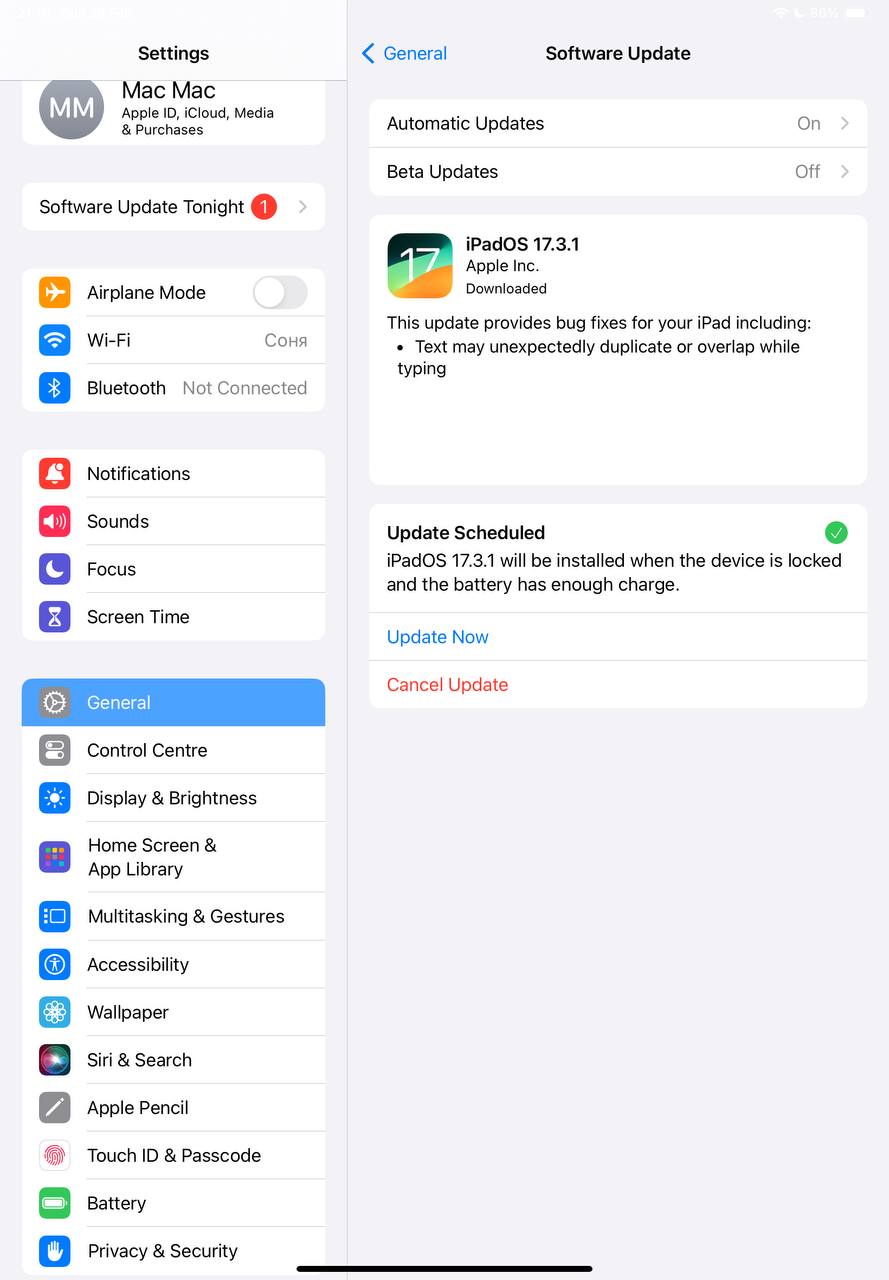
- Download and Install: If an update is available, tap ‘Download and Install’. Enter your passcode if prompted.
Make sure your iPad is connected to Wi-Fi and has sufficient battery life, or is plugged into a power source, to complete the update.
Method 6: Perform a Factory Reset
A factory reset can be an effective solution for a really thorough cleanup, this will allow you to start from scratch removing all system data:
- Backup your iPad to iCloud or iTunes to preserve your data.
- Navigate to ‘Settings’ > ‘General’ > ‘Reset’ and choose ‘Erase All Content and Settings’
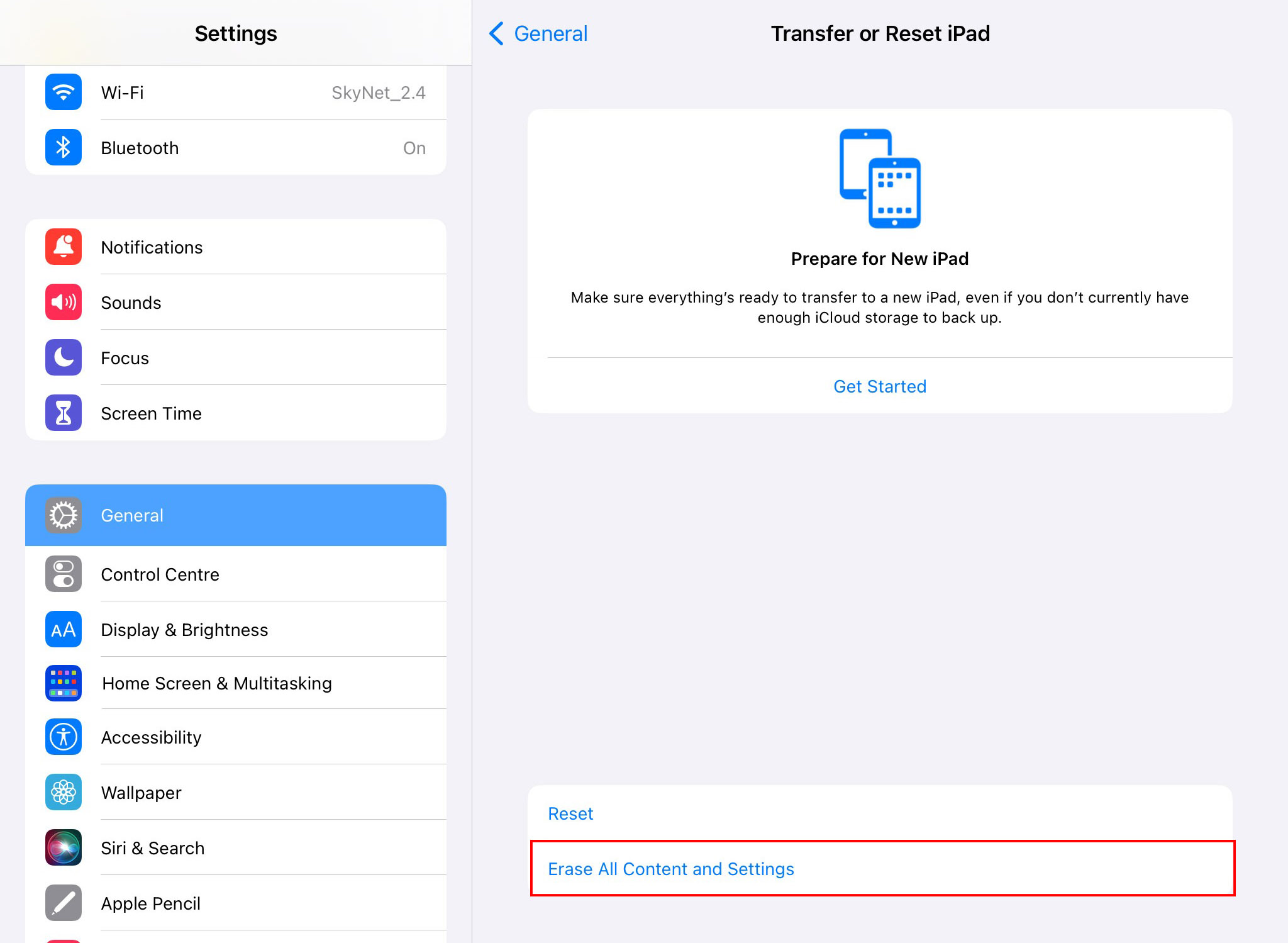
This will remove all personal and system data, returning your iPad to its original state.
When to Delete System Data on iPad
Now that you know “How” it’s time to figure out “When” – identifying the right moments to clear system data from your iPad will make impact of such action significantly more noticeable. Consider deleting system data in the following situations:
- Experiencing Low Storage Space: Deleting system data is recommended when your iPad’s storage space is critically low, hindering new installations or content storage.
- Improving Device Performance: If your iPad becomes sluggish or less responsive, clearing system data can help in restoring its performance.
- After Completing System Updates: Post-update periods are ideal for clearing system data, as updates can leave behind unnecessary files.
- Resolving Software Glitches: Software irregularities and glitches can sometimes be fixed by clearing system data, offering a fresh start for the operating system.
- As Routine Maintenance: Regularly deleting system data is a good practice to keep your iPad running smoothly and efficiently.
Proactively managing your iPad’s system data not only addresses immediate storage and performance issues but also contributes to the overall health and longevity of your device. Making this a regular part of your device maintenance can prevent future complications, ensuring your iPad continues to function at its best.
Conclusion
Through this guide, you now have a clear path to tackle the often overlooked issue of system data on your iPad. The steps and methods outlined here are not just theoretical suggestions; they are practical actions that directly address storage limitations and enhance device responsiveness. Regular application of these strategies will maintain your iPad in optimal condition, ensuring that storage issues and sluggish performance become things of the past. You’re now well-equipped to keep your iPad functioning efficiently, making the most out of every feature it offers.









